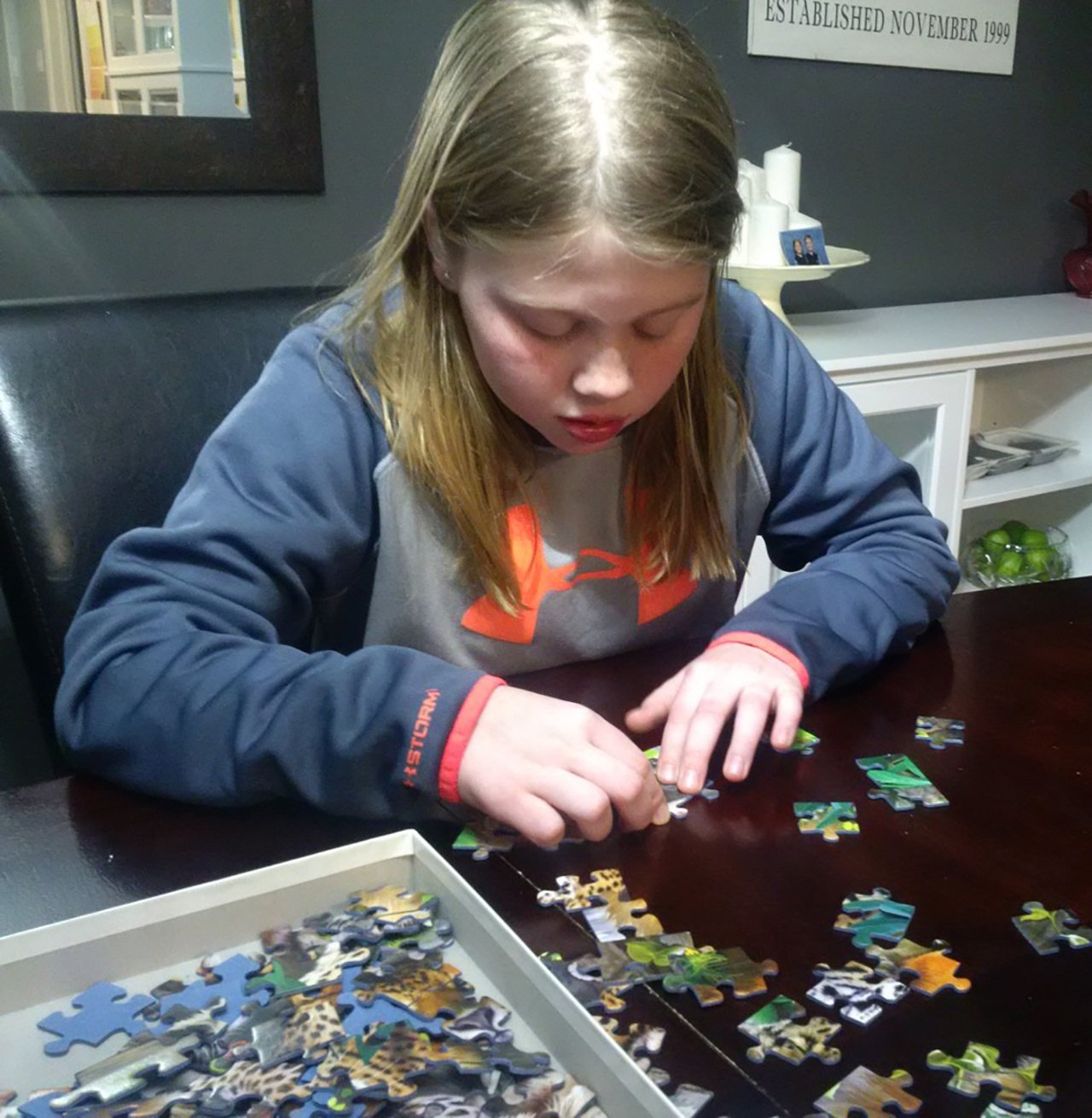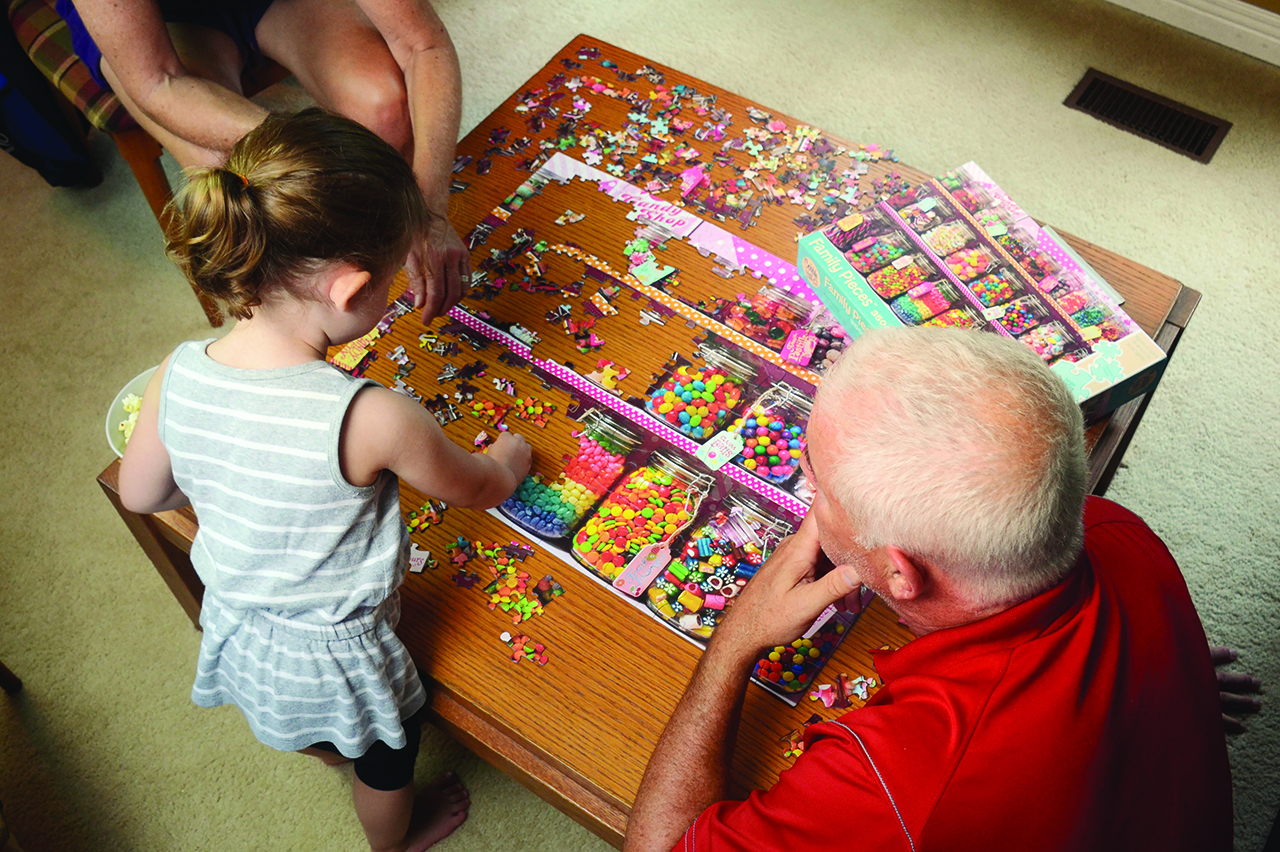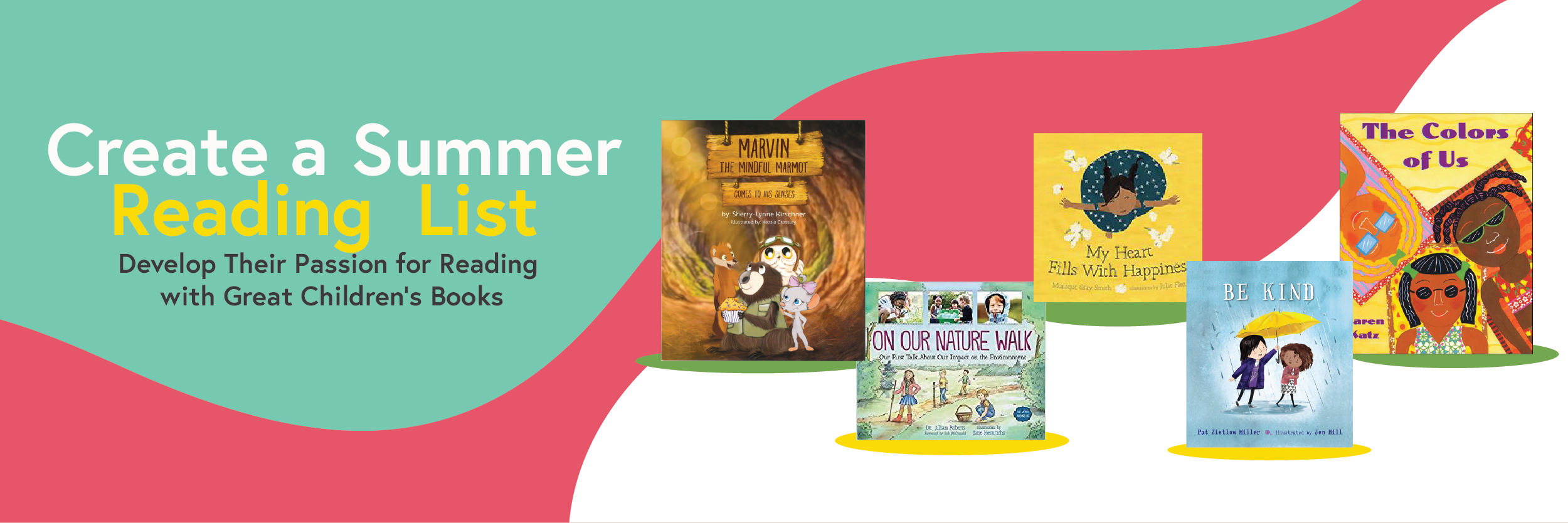Looking for a new quiet activity students can go to when they are finished their work early?
Have you considered utilizing a puzzle table in the classroom? There are several specific brain benefits associated with the consistent use of challenging puzzles, and they can be used in with any age or language ability
Here are just five of the psychological benefits of regular puzzle use:
1. Improved Memory
Puzzles strengthen the connections between brain cells, and create new connections for improved cognitive speed. Jigsaw puzzles are especially good for short-term memory because students will have to remember colours, shapes, and the big picture, all while determining which pieces fit together.
2. Creativity
A good puzzle causes a puzzler to think about things in new/different ways. Even if an idea is not the solution to a puzzle, all out-of-the-box thinking helps train the mind to work in new ways. Puzzles require experimentation and the application of the scientific method, coupling creativity/imagination with empirical inquiry.
3. Whole Brain Learning/Training
Puzzles require students to see things simultaneously in terms of parts and wholes. They require both logic and creativity. As different regions of the brain work together to achieve the best results, the brain trains itself to integrate different types of thinking for long-term benefits. In fact, studies show that subjects like mathematics are best understood when the whole brain can work together on tasks. Isolated brain regions see just one facet of a situation, but educators find that the whole brain approach is much more effective for deep, lasting understanding.
4. Dopamine Production
Puzzles are known for their power to help the brain produce the neurotransmitter dopamine, which is a chemical in your brain that affects your emotions, movements, and your sensations of pleasure and pain. The brain releases dopamine in response to both small and large breakthroughs when students are working on a puzzle. The benefits of this dopamine surge include a positive mood, better concentration, improved memory, and refined motor skills. Dopamine increases reinforce the habit of using puzzles, which is why many people feel a strong desire to keep trying puzzles that are more and more challenging.
5. Relaxation
While puzzles stimulate the brain, they also relax it. Studies show that just looking at a puzzle and pondering possible solutions actually helps the mind stay calm. The brain enters a state of meditation. Benefits include greater peace and perspective to aid in stress management. Meditation is also known to boost self-confidence. Of course, solving a puzzle helps boost confidence all on its own.
BLOG FAQ
Introducing Puzzles in the Classroom
-
How do puzzles benefit students' memory? Puzzles, especially jigsaw puzzles, strengthen connections between brain cells and create new connections, leading to improved cognitive speed and short-term memory. Students must remember colors, shapes, and the overall picture, enhancing their memory skills.
-
What role do puzzles play in fostering creativity? Engaging with puzzles encourages students to think about problems in new ways, fostering creativity and out-of-the-box thinking. Even if a solution isn't found, the process of experimentation and imaginative thinking trains the mind to approach challenges differently.
-
How do puzzles contribute to whole-brain learning? Puzzles require students to simultaneously consider both parts and wholes, integrating logic and creativity. By engaging different regions of the brain, puzzles promote whole-brain learning, leading to deeper understanding and improved cognitive function.
-
What is the relationship between puzzles and dopamine production? Puzzles stimulate the brain to produce dopamine, a neurotransmitter associated with pleasure and reward. The brain releases dopamine in response to breakthroughs in puzzle-solving, leading to a positive mood, improved concentration, enhanced memory, and refined motor skills.
-
How do puzzles promote relaxation in students? While puzzles stimulate the brain, they also have a relaxing effect, inducing a meditative state that promotes peace and perspective. This relaxation can aid in stress management and boost self-confidence, contributing to overall mental well-being.
Ready to incorporate puzzles into your classroom? Explore our diverse selection of puzzles for all ages and subjects!
Convinced you need to add some puzzles to your classroom? Shop our selection of puzzles for all ages now!






.png)
